#native American plants
Video
Huutat (Lemonade Berry) flowers by Wayne S. Grazio
Via Flickr:
The lemonade berry is a small shrubby tree. The plant is native to the coastal range of southern California and Baja California. This tree can grow up to 25 feet in height and is a common member of the chaparral plant community. The Kumeyaay Indians used tangy huutat berries to flavor their tea. The berries are soaked in water to provide flavor and they’re also eaten fresh. The seeds from these berries are ground up and combined with this tangy drink. A wad of lemonade berries can also be placed in the mouth as a means to keep thirst at bay during long hikes under the sun. The bark of this tree is used in a tea after childbirth.
#flowers#huutat#fotograzio#chaparral flowers#photo effect#plant#mother nature#macro#Wayne Grazio#cluster#Rhus integrifolia#San Diego#pink and green#lovely#blossoms#flower#photo manipulation#Pink flowers#sour#native American plants#photo to art#tiny flowers#blossom#nature#leaves#painterly#colorful#close up#beautiful#native plants
2 notes
·
View notes
Text
youtube
Hanna Freeman bean The Lenni-Lenape people are indigenous to the Delaware Valley . The Lenni-Lenape people lived along the coast of Delaware; they also lived in parts of New Jersey , Pennsylvania and parts of New York . Hanna Freeman Lived from 1730 - 1802 . Hanna was a Lenni-Lenape woman who traveled the Brandywine River Valley . Hanna was a basket weaver , she worked in agriculture , traditional healing and she looked after children . Most of Hannas tribe fled westward but she and her family stayed behind, living among Quaker and European settlers. When Hanna Passed away she was known as the last Delaware Indian of Chester County Pa . The seeds called Hanna Freeman Bean were preserved by a man who owned the land Hanna lived on . These seeds are important Heirloom seed not only for Biodiversity but to also preserve Native American tradition , to connect to the past people of this land and to preserve the seed for the next generations to come . The Hanna Freeman bean is a pole bean with long pods , some pods are green with pinkish spots . This bean can easily grow 6 feet tall . Pods and be eaten young as snap beans or left to dry on stalks to be used in soups later on . Grow beans after all danger of frost when soil warms. You can try growing pole beans the traditional Native American way paired with Corn and Squash . This way of companion planting will help all the plants grow better together. Beans are Legumes and fix atmospheric nitrogen back into the soil making the soil more fertile . Link to order seed Hannah Freeman Bean – Truelove Seeds https://trueloveseeds.com/products/ha... Links Hannah Freeman - Wikipedia https://en.wikipedia.org/wiki/Hannah_... Lenape - Wikipedia https://en.wikipedia.org/wiki/Lenape
#native american#garden#beans#plants#biodiversity#indigenous#native plants#indigenous history#Native American Plants#native american food#history#culture#native american culture#Lenni-Lenape#Lenape#PA#pennslyvania#delaware#new jeresy#new york#Delaware Valley#coast of Delaware#Brandywine River Valley#native American women#east coast#nature#gardning#three sisters#Three sisters gardening#companion planting
0 notes
Text
so I found this really cool website that sells native seeds- and you might be asking me "snekdood, haven't you posted an entire list of websites that sell native wildflower seeds that you're going to add on to soon?" and yes that's true, but that's not the kind of native seed im talking about rn.
see, on my quest to find websites that sell native wildflowers, I came across this dope ass website that sells seeds that have been farmed and harvested by ntv people traditionally, i'll let the website do the talking:




so anyways this is the coolest website ever. you can find the wild relatives of chiles on here called chiltepines, you can find different colors of corn and cool squash's, and every seed from whichever farm has it's own lil origin story written about it. you can also find other veggies here that are already commercially available to help fund and support this organization. as well as there being a cool gift shop with a lot of art made by different native folk from all around as well as cookbooks, jewelry, pottery, weavings, and clearly plenty more:

as well as a pantry?? with premade soup mixes??? and i really want to try them now??????
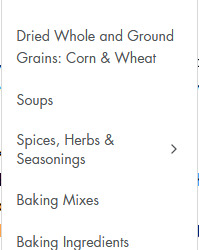
anyways I think its worth snoopin' around bc I'm almost positive you'll see something you think is cool (oh also if you happen to have some seeds passed down from ur family too and ur also native they seem like they would gladly help produce more)
#heirloom seeds#native plants#native wildflowers#native seeds#native seeds search#gardening#farming#seed conservation#heirloom vegetables#vegetables#crops#food#native american#native american traditions#native american heirloom seeds#support indigenous people#indigenous art
2K notes
·
View notes
Text
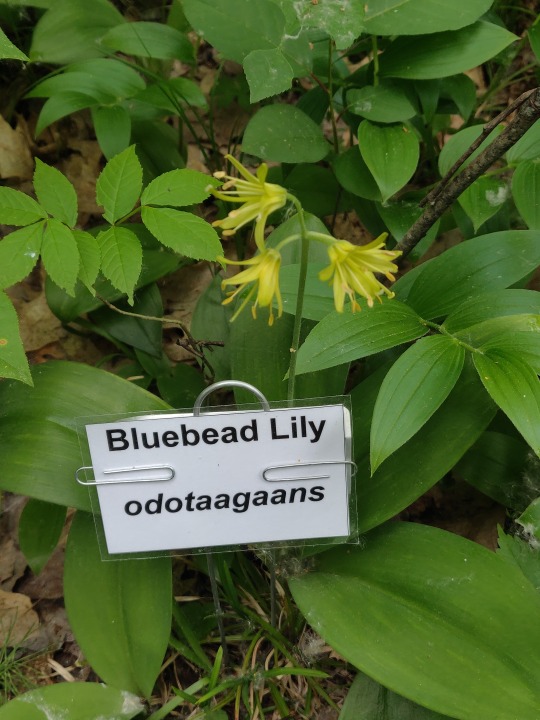



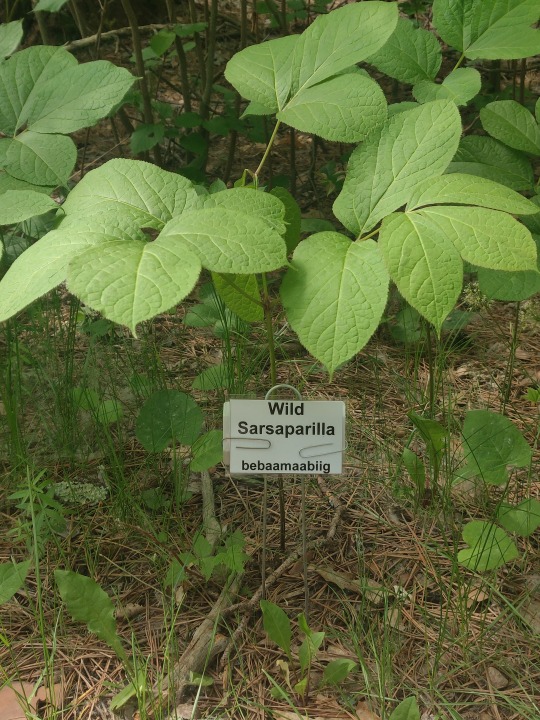
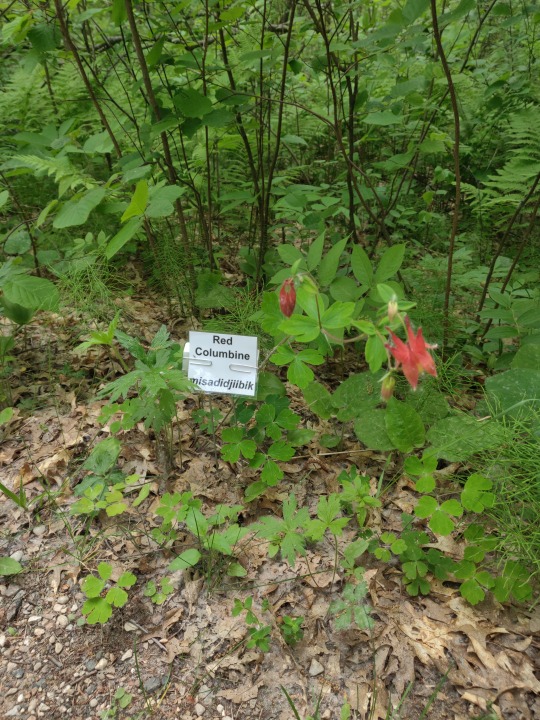
Bog plants, with their names in Ojibwe
#plants#bog#botany#nature#nature photography#photography#ojibwa#ojibwe#anishinaabe#minnesota#midwest#forest#flowers#wildflowers#mine#native american#land back
601 notes
·
View notes
Text

Foam Flowers - Mt. Cuba, Delaware - May 6th 2023
#nature#forest#Delaware#mt cuba#foam flowers#northeastern american native plants#nature photography#original phography#spring
381 notes
·
View notes
Text
some art ❤️

Designing my friend a Golden Kamuy Skateboard deck! Only have the sketch half way done so this is all i got at the moment.
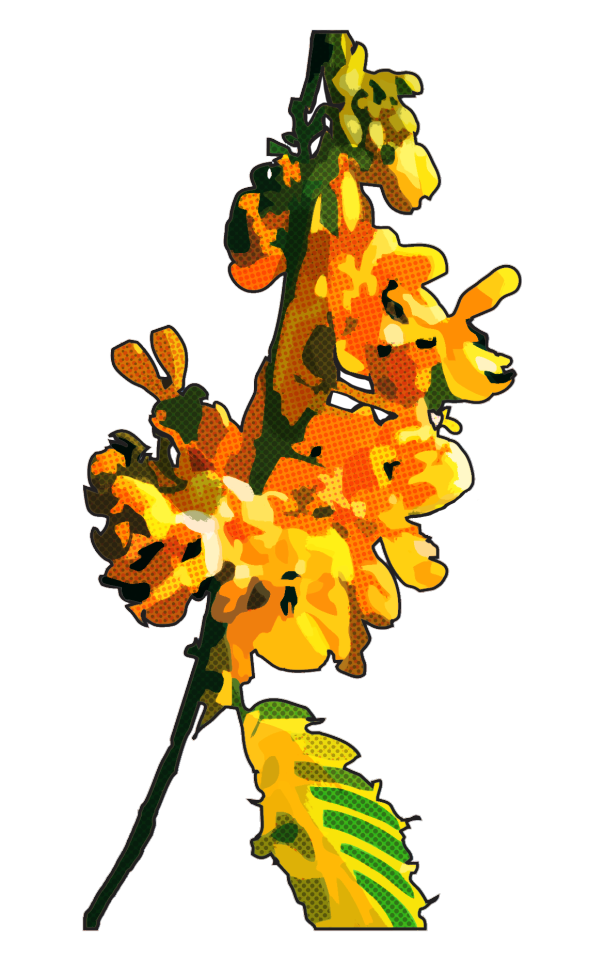
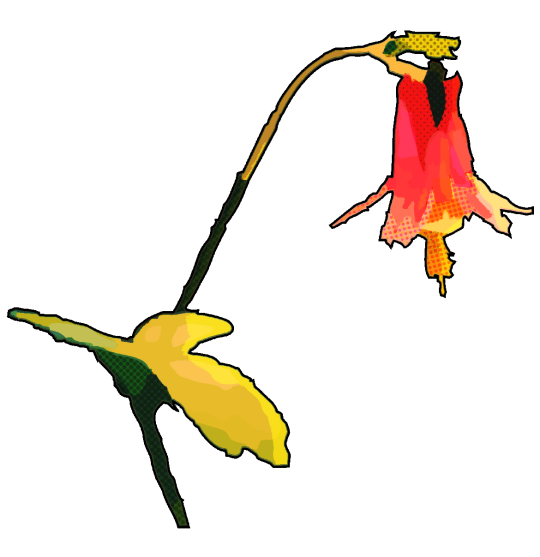
I’m working with Newfields’ horticulture department (also known as The IMA/The Indianapolis Museum of Art) to design some graphics of native Hoosier plants in their pollinator garden. The yellow flower is the American Senna and the pink one is the Eastern Red Columbine.
#art#artist#fanart#anime#manga#gay#ima#newfields#indianapolis museum of art#american senna#eastern red columbine#flowers#native plants#hoosier#plant native#pollinators#pollinator garden#golden kamuy#sugimoto saichi#saichi sugimoto#asirpa#shiraishi yoshitake#yoshitake shiraishi#skateboarding#skater
59 notes
·
View notes
Text
i want to make a sewing piece with flowers from different liberation movements — e.g. lavender for queers, poppy for Palestine...
anyone have information on flowers linked to other movements / cultures? For instance, Black liberation or Latin American / Indigenous liberation?
#rn i'm thinking of doing a rose for Indigenous America because they#are native to here + are meaningful to various cultures#+ they make me think of Latin American liberation theology bc of their association with our lady of guadalupe#and the flower of a black-eyed pea for Black liberation because enslaved Africans were able to bring those plants with them#to the americas and nourish themselves with that memory of home#could also do sunflowers as an important staple crop to many Native American cultures (“the fourth sister”)#plus apparently sunflowers were used in some feminist movements? but i'll have to look into which ones Just In Case#averygaypost
25 notes
·
View notes
Text

so proud of this little guy
466 notes
·
View notes
Text
i’ve really been hoping that g3 Venus would be Indigenous bc venus flytraps the actual plant are exclusively indigenous to coastal areas in north & south carolina usa so it would make sense & be cool to see venus be part of an Indigenous nation in the same area. it’s looking like in this gen she’s going to be black/black coded but afroindigenous ppl exist so maybe i’m still holding out hope lmao
#if anyone says that they must b scottish/irish bc of their surname y’all know that’s bullshit 😐#a lot of native americans have european surnames due to colonization so they can have an ‘mc’ name & still b native#also venus flytraps are simultaneously male & female meaning venus could very much be an intersex & nonbinary character#which if they were indigenous would make them two-spirit which is such an underrepresented identity & would be a HUGE win for diversity#idk i respect their decisions but to me it feels pretty obvious w a quick google search on the plant to realize that they should b native#like it just makes the most sense? so ig i’m gonna feel p disappointed if venus isn’t indigenous in g3#ig it doesn’t rlly matter#also they turn black in their dormant period so they should become goth in the winter😭😭#i like venus’ leaked design so far but i know damn well she will b impossible to get😭😭#monster high#mh#monster high dolls#monster high gen 1#monster high gen 3#venus mcflytrap
55 notes
·
View notes
Text

November is National Native American Heritage month in the USA! Did you know that many of the UK’s favourite kitchen garden plants were originally domesticated by indigenous peoples in the Americas? The Native Americans’ domesticated plants now feed most of the world and have become an integral part of cuisines in Europe, Africa, and Asia.
1. Potato: Potato (Solanum tuberosum) was domesticated by indigenous Americans in the Andes at least 10,000 years ago. Genetic studies indicate hybridization of different wild potato varieties in the species Solanum brevicaule in Southern Peru produced the original domesticated potato. Today, indigenous people in Peru have over 4000 varieties of potato, each with their culinary and cultural significance. The Chuño potato can be preserved for up to 15 years, making it an important food source during lean times in the days of the Inca Empire.
2. Corn: Indigenous Americans domesticated corn (Zea mays) from the wild grass Teosinte (Zea mays parviglumis) of southwestern Mexico approximately 9,000 years ago. The wild Teosinte is a miniature corn, with ears containing only 5-12 hard seeds. From the initial domestication in Mexico, corn spread north and south to become the iconic food plant of indigenous America. Native American corn differs from the familiar sweetcorn because it was selectively bred to be dried and preserved rather than eaten fresh. Native American corn varieties can be a kaleidoscope of beautiful colours and are either flint corn (dried for preservation and then soaked for food purposes), flour corn (processed into masa harina flour), or popcorn.
3. Beans: Our familiar kitchen garden beans all come from indigenous American agriculture. The fresh green beans and most of the dried beans belong to the same species, the Common Bean (Phaseolus vulgaris) which was domesticated via hybridization of several wild species in Mesoamerican around 4,000 years ago. The Lima Bean (Phaseolus lunatus) was domesticated in South America around 4,000 years ago and spread north of the Rio Grande by the 1300’s.
#katia plant scientist#plants#gardening#agriculture#crops#potatoes#corn#beans#native american#native american heritage month#indigenous food#history#native american culture#native american food#domestication#botany#plant based
48 notes
·
View notes
Text
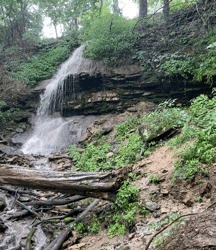


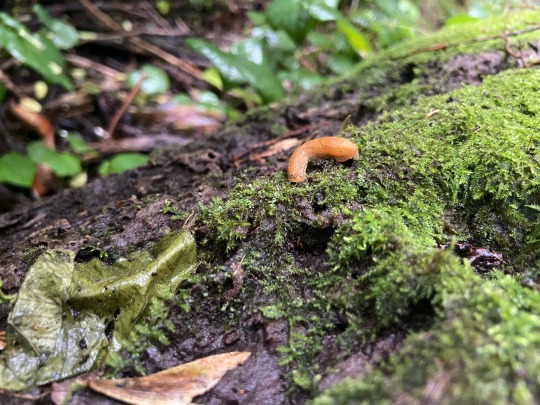
Got poured on but it was worth it
#waterfall#nature#naturecore#wildflowers#native flora#native flowers#american toad#toad#plants#hike#adventurecore#goblincore#forestcore#forest#slug#mosscore#mossy log#moss
442 notes
·
View notes
Text
Virginia Bluebells (Mertensia virginica)
Blue flowers are relatively rare. Most incline to violet or else are quite small. But Virginia bluebells are a striking exception. All my photos from my garden, unedited.


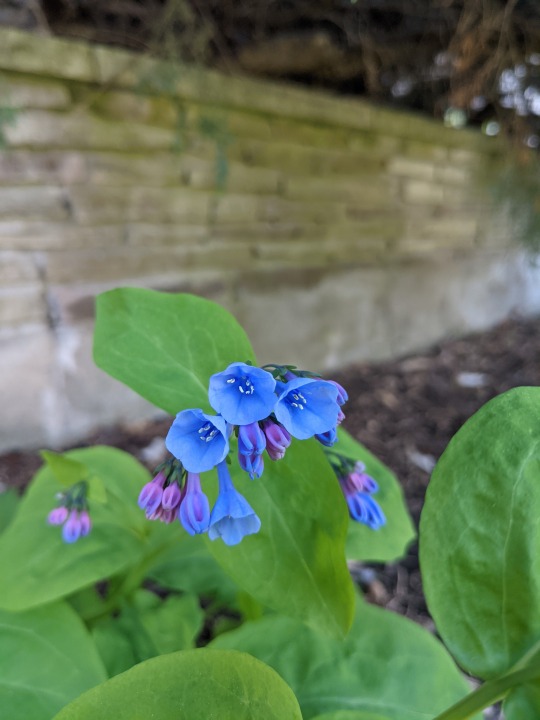



I'm not kidding. They really are that blue naturally. They bloom in May. Then they slowly decline and the entire plants are gone above soil by the summer. Only to reappear the following spring! The shoots and flower buds are edible. You don't want to take too much, though. As spring ephemerals, they need the energy they make with their leaves during their short growing period. The short bloom period is also why I don't have more photos of them. They don't even bloom every year.
#photography#my photos#blackswallowtailbutterfly#Virginia bluebells#Mertensia virginica#flowers#blue flowers#wildflowers#gardening#native species#North American native plants#edible wild plants#my garden#native plants of Ontario and the northeastern USA#spring ephemerals
15 notes
·
View notes
Text
one of my successfully transplanted American persimmon seedlings planted in the woods

[ID: A photo of a young American persimmon tree, less than a foot tall, in a forest floor covered in pine needles and fallen sticks. The persimmon has smooth, round, light green leaves, with yellow central-leaf-veins. Behind it and in the foreground are small, young sweetleaf shrubs, with darker, skinnier leaves. End ID.]
BTW
Here's my free American / common persimmon identification guide:
Feel free to share the link wherever you want!
#guerilla gardening#American persimmon#common persimmon#Diospyros#Diospyros virginiana#Rjalker trains its gardening skill#described images#native plants
24 notes
·
View notes
Text

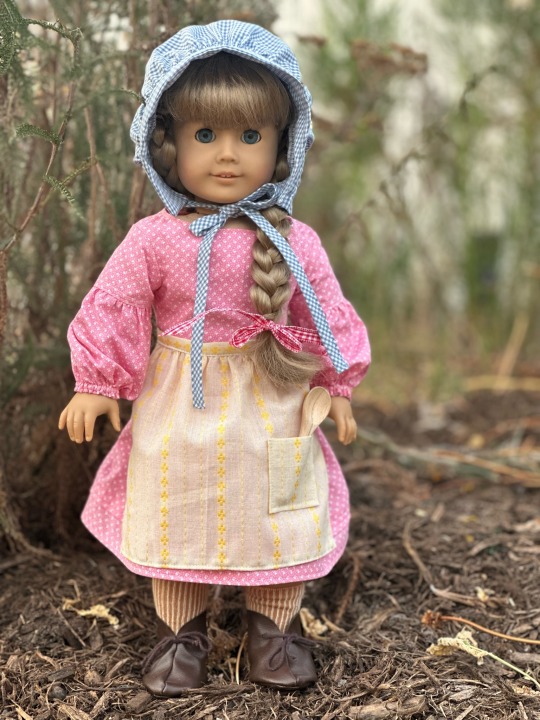
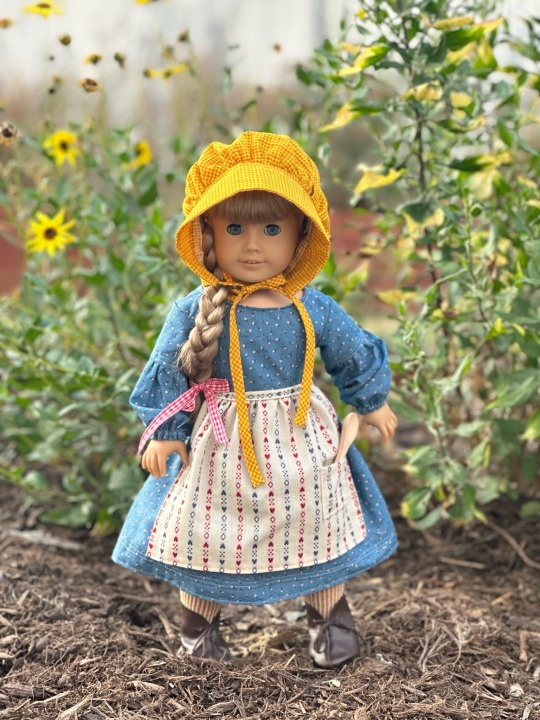
Been hanging out inside and sewing during the heat but went out in the evening last night to take some pics of Kirsten among our native plants.
I love these patterns and I’m so happy to offer a few of these outfits at my Etsy shop, InnerStar Collections. Hope you’ll check them out ☺️
#american girl#pleasant company#kirsten larson#prairie dress#sun bonnet#grow stripe#native plants#apron#wooden spoon
40 notes
·
View notes
Text
Everything I see that happens to Palestinians literally happened & is happening to Native Americans like its insane
#our oppression mirrors each other#theres differences of course bc our histories of colonization & race & religion are different#but thats what makes the similarities so chilling#Israel controlling Palestine's water supply & making escape or defending yourself nigh impossible#& removing all the Native plants like the Olive trees & replacing them with invasive plants#or the extinction of the Palestinian crocodile vs the Plains Bison#how settlers will defend their colonization & how ive seen a settler say that Israel 'uses the land properly'#everything I've seen settlers say defending Israel is the exact same thing I've seen settler Canadians & Americans say
47 notes
·
View notes
Text
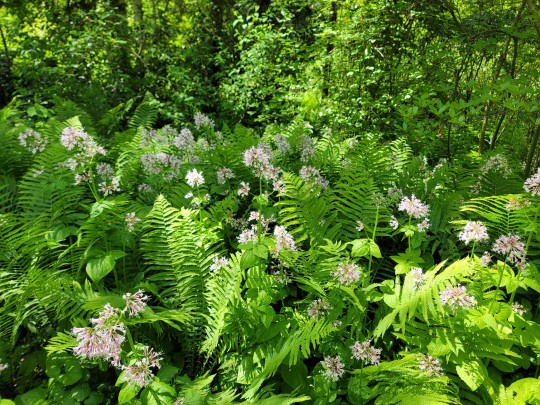

Ostrich Fern Garden at Mt Cuba - May 6th 2023
#for once i geniunely dont know what the flower is#ostrich fern#forest#nature#photographers on tumblr#spring#delware#mt cuba#eastern north american native plants
136 notes
·
View notes
